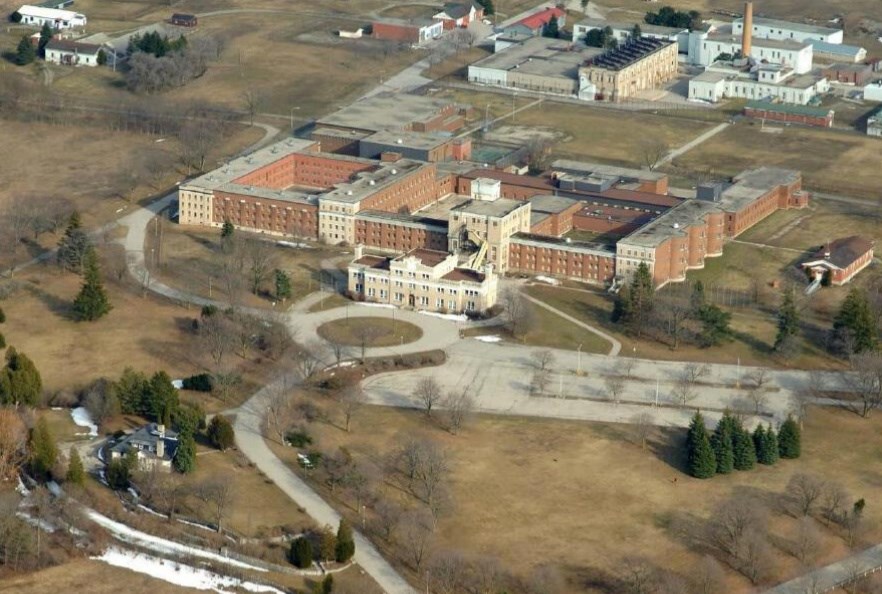Should the former Ontario Reformatory lands become home to a new Guelph hospital? Urban Park Guelph says no.
During Thursday morning’s Breezy Breakfast local advocacy group meeting, UPG's proposal for a national urban park was the topic at hand.
The group wants to see a national park established on the OR lands as part of the federal government’s National Urban Park Program. The program was launched in 2021 to help support the creation of a network of 15 urban parks across Canada.
Urban Park Guelph analyzed the land to determine if there were realistic other uses for the site, said P. Brian Skerrett, spokesperson for the gropu. The province owns about 260 acres of the nearly 350 acres of land. “And a huge chunk of that is floodplain. And you can't build houses on floodplain and you certainly shouldn't build a hospital on a floodplain,” he said.
He thinks a national urban park is the best end use of the land.
Although Mayor Cam Guthrie, MPP Mike Schreiner and MP Lloyd Longfield currently are not in support of a national park doesn’t mean all hope is lost. “We haven't given up on securing political support,” said Skerrett.
An audience member remarked Guelph needs a hospital and doesn’t think the OR lands is the appropriate spot for it. “And I think … the park is suffering because of that. We need someone to make a decision soon on where that hospital is going to be,” they said.
“We've talked about the idea that this is a bad site for a hospital. And it's a great site for a park,” Skerrett said in response.
In an interview with GuelphToday in May about the urban park, Longfield mentioned the hospital need 60 acres of land and few sites in Guelph have that size. A new or expanded hospital is a provincial matter.
“And the one thing I want to mention about hospitals is just because it doesn't make sense, doesn't mean they won't do it,” said Len Zaifman, audience member.
The park has to achieve three things in order for Parks Canada to even be interested in the site as a national urban park. It has to be a natural site, provide free public access and advance reconciliation.
Skerett said the natural site is accounted for and has room for restoration. It’s accessible for active transportation. The park has the ability to advance reconciliation with Indigenous people and part of it is through understanding and healing. When it was the Ontario Reformatory, Skerrett noted 11 per cent of the inmates were Indigenous while they represented two per cent of the Canadian population in the 70s. In the facility at the time a group of Indigenous inmates known as the Native Sons created murals in the building.
“We can do more to advancing understanding and healing here, I think than any other park in Canada, because we are creating a place to have these conversations. It's not just about the land. It's about our settler culpability in not only history, but in contemporary activity,” he said.
The future of the site, whether it be a hospital, national urban park or any other option, has yet to be determined.
